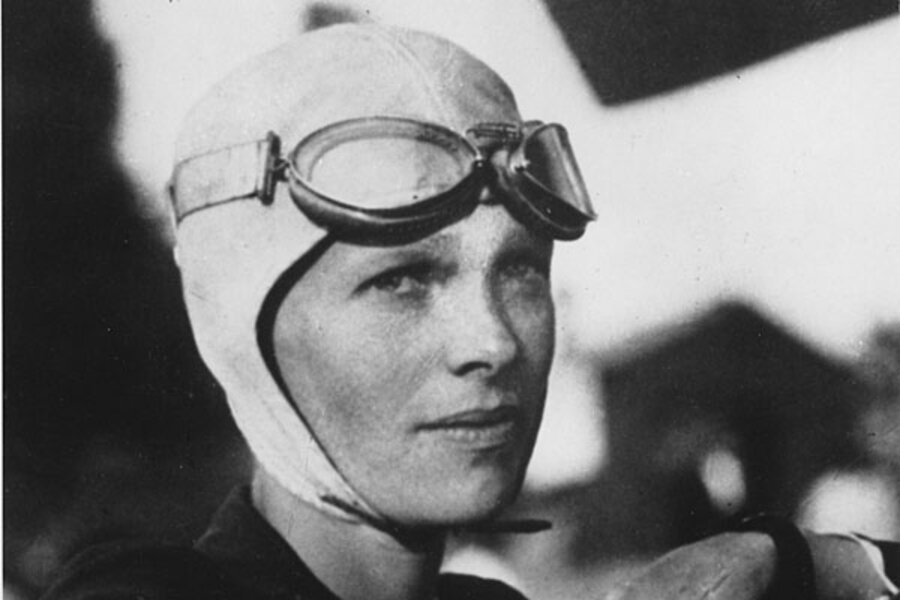The new clue that could solve the Amelia Earhart mystery
Loading...
| Washington
U.S. scientists on Tuesday announced a new phase in the search to resolve the disappearance of Amelia Earhart, saying fresh evidence from a remote Pacific island may hold clues to the fate of the renowned U.S. pilot who vanished in 1937 while attempting to circle the globe.
U.S. Secretary of State Hillary Clinton joined scientists and aviation archaeologists to unveil the expedition, which will set out from Honolulu in July to probe underwater areas around the Phoenix Islands in Kiribati where they believe Earhart may have crashed 75 years ago.
"When she took off on that historic journey she carried the aspirations of our entire country with her," Clinton said, calling Earhart one of the "fearless optimists" who defined 20th century America.
"Even if you do not find what you seek, there is great honor and possibility in the search itself," Clinton said.
The July mission is part of an effort by the International Group for Historic Aircraft Recovery (TIGHAR) to uncover Earhart's fate, an abiding mystery since she and navigator Fred Noonan left Papua New Guinea en route to Howland Island in the South Pacific on July 2, 1937.
TIGHAR Executive Director Ric Gillespie said that new analysis of a photo taken in 1937 near Nikumaroro island in present-day Kiribati appeared to show what could be the undercarriage of a Lockheed Electra airplane such as the one that Earhart was flying, emerging from a reef.
"It's a strong case, we think, but its circumstantial," Gillespie said.
The July phase will see TIGHAR researchers return to Nikumaroro aboard a University of Hawaii research ship equipped to map and investigate the underwater search area with small robotic submarines.
"There are some very smart people who think we're wrong about this. But there are some very smart people who think we're right about this," Gillespie said.
"The only thing we can do is make a best effort to go and search and look and see what we can find. And it's the searching that's important. It's the trying that's important."
Oceanographer Robert Ballard, made famous by his discovery of the wreck of the Titanic in 1985 and who reviewed the latest Earhart project, said Gillespie's TIGHAR team appeared to have narrowed the "box" in which Earhart's wreckage might be found.
"If you ever want a case of finding a needle in a haystack, this is the top of the list," he said.
"He's got a reasonable box now and he's certainly got all the technology to do it. So all I can say is I wish him a fair wind and a following sea -- and a little luck."
(Reporting by Andrew Quinn; Editing by Anthony Boadle)







